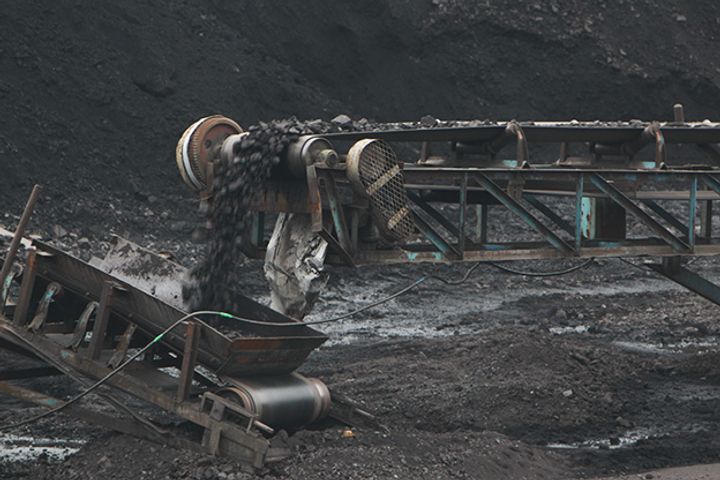 China's Coal Production Gained for First Time in Four Years in 2017
China's Coal Production Gained for First Time in Four Years in 2017(Yicai Global) March 20 -- China's coal industry staged a recovery last year with the first expansion in production since 2014, following three years of declines related to widespread government efforts to reduce overcapacity.
China produced 3.5 billion tons of coal in 2017, up 3.3 percent over the previous year, driven by an expansion in high-quality output capacity and a pickup in demand thanks to stable growth in the national economy, the National Bureau of Statistics said in a report.
Coal production reached a high of 3.9 billion tons in 2013, but has declined since due to lower demand, surplus capacity, adjustments to the country's energy mix and slower economic growth. Introduced in 2016, government policies to cut overcapacity combined with slowing demand, sparking a 9 percent slump in output to 3.4 billion tons in 2016, the lowest since 2010.
The geographical focus of mining operations has progressively concentrated on areas with rich resources and high competitiveness such as the provinces of Shanxi and Sha'anxi, as well as Inner Mongolia Autonomous Region, where most coal is extracted. Output in each of the eight key coal-producing regions exceeded 100 million tons last year, with a total 3.1 billion tons mined. That accounted for 86.8 percent of the country's total, up 3.0 percentage points on 2015 before policies to trim overcapacity were implemented.
Coal production has declined rapidly in cities with many smaller, low-quality mines and in developed areas in Eastern China. The total output of Chongqing, Hubei, and Jiangxi fell by more than half in 2016 compared with 2015, while combined production in Hunan, Beijing, Jilin, and Jiangsu has decreased by over 30 percent.